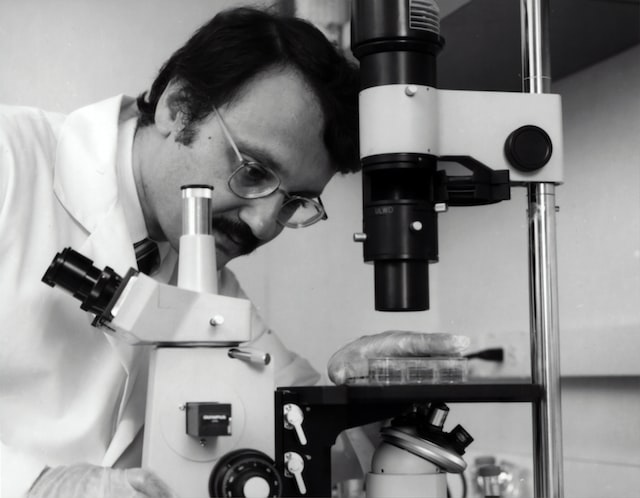
The idea of lab-grown meat has been around for several years. However, it’s only recently that the technology to produce it has begun to catch up with the concept.
In 2013, Dutch scientists created the world’s first lab-grown burger. Since then, several companies have been working on perfecting the process of growing meat in a laboratory setting.
The Basics
The basic principle behind lab-grown meat is relatively simple. Instead of raising and slaughtering animals for their flesh, you can grow muscle tissue from a small sample of animal cells. This tissue can create burgers, sausages, or any other meat product.
The Benefits
The benefits of lab-grown meat are many and varied. For one, it helps alleviate some of animal agriculture’s environmental impacts. Greenhouse gas emissions and water pollution all decrease without mass farming.
Lab-grown meat is also likely to be more humane than traditional meat. It does not involve the killing of animals. There is also less risk of lab-grown meat containing food-borne illnesses such as E. coli or salmonella.
Food Supply
There is also greater potential for mass-producing meat and resolving food shortages. This meat tissue isn’t at risk to plague or famine like traditional livestock is.
Having more accessible meat can increase food stability and help keep a more plentiful supply of sustenance.
The Challenges
Of course, there are some challenges before this food source becomes a reality. For one, the production cost needs to decrease significantly. It costs around $300 to produce just one burger patty.
Additionally, regulatory hurdles need clearing for lab-grown meat to sell commercially.
But despite these challenges, the potential for this meat is enormous. If the cost of production and the regulatory hurdles are out of the way, this could revolutionize how we think about meat.
This scientific meat would make a profound impact on the planet.

















